During the First World War, a large number of men were away at the war front, particularly once conscription was introduced. As a result, women were often in charge of fundraising events on the home front, to collect donations from the public and use it to support men on the front line. Over recent generations full-scale warfare became more prominent, with emphasis on all areas of society trying to do their bit for the war effort. This fund-raising effort demonstrates this, and also shows this was a time of social change, where women taking charge became more prominent, and while not a full-scale change assisted in the rise of women’s rights.
Fundraising in Egham
The local Egham residents were quick to begin their fundraising, supporting local groups such as the Soldiers and Sailors Families Association Egham Division 3rd List, Red Cross Society, and Egham Relief Fund. Donations were encouraged through various means, like Collecting Cards in the Feltham and Egham Post Offices. The Constitutional Hall was host to numerous concerts in aid of the local charity as often as every fortnight in 1914, each one run by local residents. The first was held in September 1914 by Alfred Danby, the organist at Egham Parish Church, and raised £11 for the Soldiers and Sailors Families Association to be passed on to soldiers’ families in the area. Alfred Danby went one step further and wrote a new patriotic song for local soldiers. At one of the Red Cross Society concerts in 1915, a Japanese troupe performed at their fundraising concert, which proved popular with the local residents. The concerts were particularly popular, with the hall being packed every fortnight.
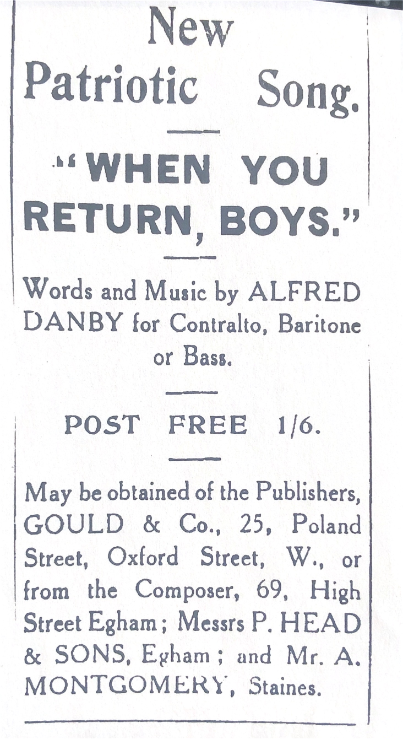
On a regular basis, the Surrey Herald Newspaper would publish lists of the donations received for local organisations, as a show of thanks and achievement. The paper published that the Soldiers and Sailors Families Association raised £219 15s 10d (£12,966 today) for soldiers’ families; 108 wives, 229 children, and 67 widows were supported by the association with this money.
However, Egham residents extended their charitable contributions to prisoners of war and Belgian refugees. Local resident Mr A.G. Hutchins, who was involved in much of the local fundraising already, helped organise housing Belgian refugees escaping the war front. The town was welcoming to these new additions, and wished to raise money for those still in Belgium. £500,000 was needed to help millions of starving refugees in Brussels and Liège, and within a week of being asked, £90 was raised by local residents. There were also pleas to help prisoners of war in Germany by sending food and overcoats over, for which donors were thanked greatly in letters returning from the soldiers.
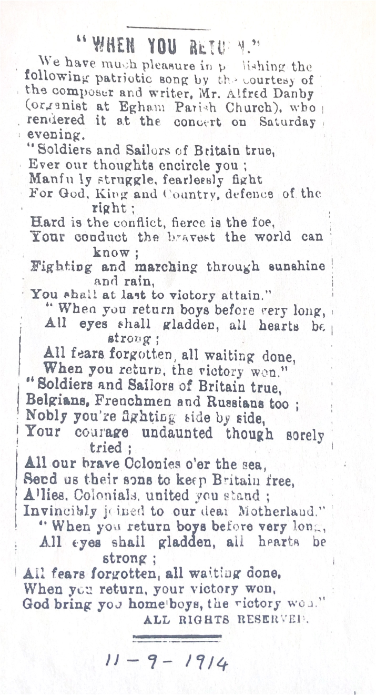
Knitting for Tommy
Knitting for Tommy was a movement to knit for soldiers, producing socks, mittens, balaclavas, vests, jumpers and other such items. Time were hard for the soldiers in the harsh conditions of the trenches, gifts such as socks could help prevent trench foot, a horrific condition caused by long immersion in cold water and mud, causing blackening and death of surface tissue. Notes would often be placed in parcels for the soldier.
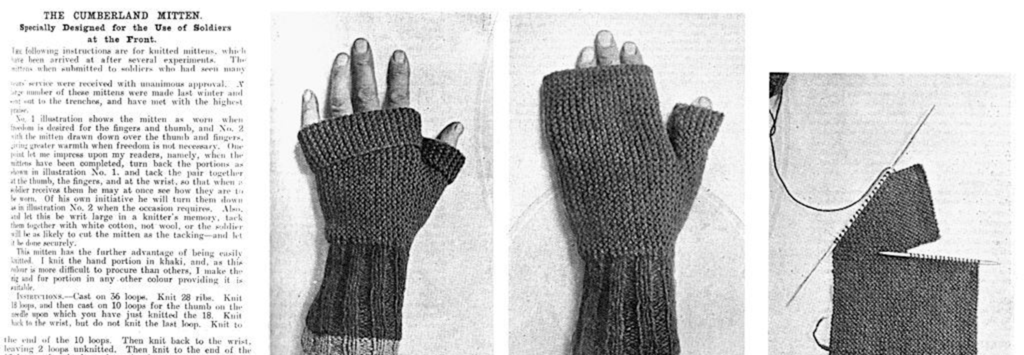
This knitting craze was encouraged through pamphlets, books, postcards and magazines, with instructions on how to knit various piece of knitwear. The British Journal of Nursing gave instructions on knitting mittens.
Egham residents sent over clothing items, soap, and hot water bottle covers to the front through Baroness de Worms, who took the items to the Red Cross headquarters and Queen Mary’s Needle Work Guild. In September 1914 they sent: 104 pairs of socks, 11 pairs of bed socks, 3 kneecaps, 3 mufflers, 56 day shirts, 31 bed jackets, a pair of pyjamas, 60 pocket handkerchiefs, 4 pneumonia jackets, and 32 bandages. Another batch sent off the same month included 524 garments and pillows, and 165 bandages.
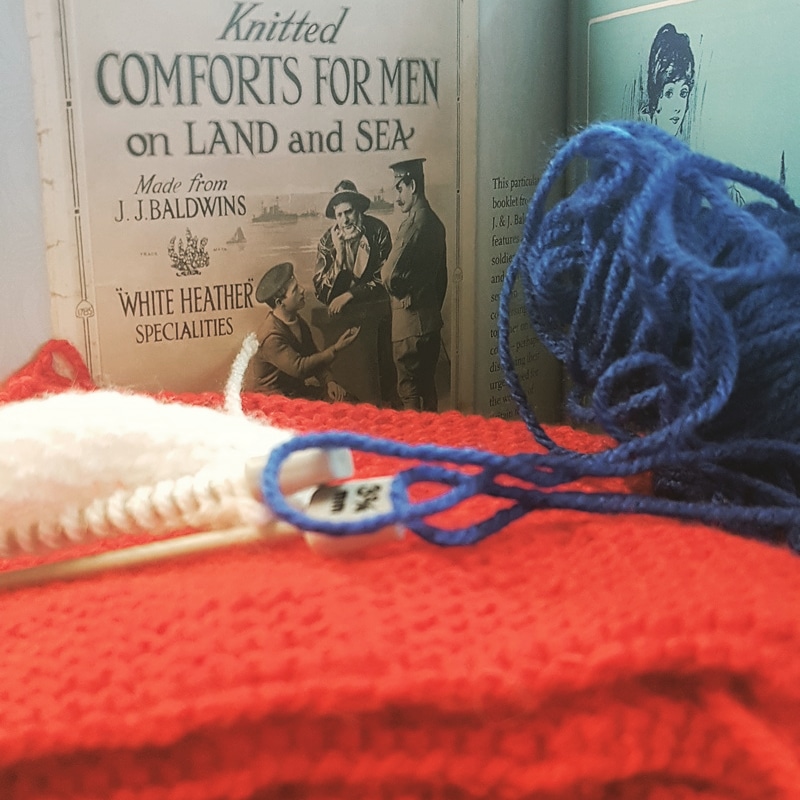
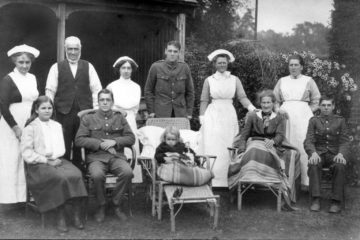

0 Comments